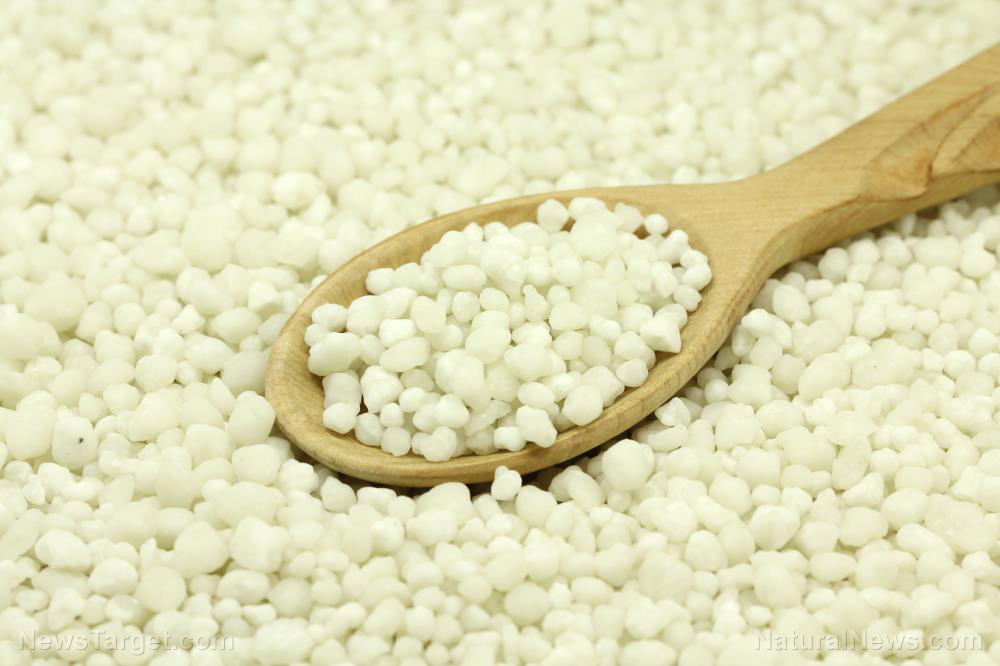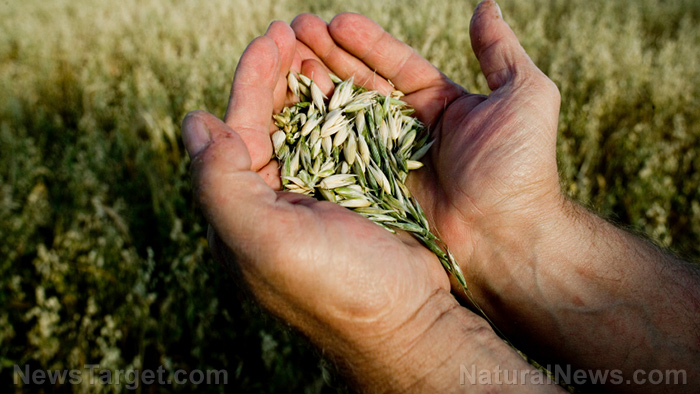Researchers investigate green tea compounds that may help resolve antibiotic resistance
11/02/2020 / By Michael Alexander

Scientists have reported that compounds present in green tea may improve the efficacy of antibiotics against antibiotic-resistant bacteria. In their report, researchers from the University of Surrey‘s School of Veterinary Medicine in the U.K. noted this effect is because of the compound epigallocatechin gallate (EGCG), which is present in green tea. EGCG is a plant compound with potent antioxidant properties. This means that it can help protect the body against cellular damage caused by free radicals.
But EGCG has another activity, as noted by the team in their report, which appeared in the Journal of Medical Microbiology: The compound increases the bacterium’s permeability, which allows antibiotics to pass through more easily. This ability could prove helpful in the fight against multidrug-resistant strains of bacteria.
The team discovered this ability after combining EGCG with aztreonam, an antibiotic commonly used to fight off infections caused by Pseudomonas aeruginosa. This aggressive bacteria strain is linked to severe skin, blood and respiratory and urinary tract infections. (Related: Food cures: Cinnamon bark oil found to kill multidrug-resistant bacteria.)
The combination reduced the numbers of clinical multidrug-resistant strains of P. aeruginosa in laboratory cultures. The researchers noted that the combination was more effective than using the drug or EGCG alone.
“Antimicrobial resistance (AMR) is a serious threat to global public health. Without effective antibiotics, the success of medical treatments will be compromised. We urgently need to develop novel antibiotics in the fight against AMR,” explained lead author Jonathan Betts.
According to Roberto La Ragione, the head of infectious diseases at Surrey, the results prove that naturally-occurring compounds such as EGCG can help address problems that come with antibiotic resistance.
“The WHO has listed antibiotic-resistant P. aeruginosa as a critical threat to human health. We have shown that we can successfully eliminate such threats with the use of natural products, in combination with antibiotics already in use,” La Ragione added.
What is antibiotic resistance?
Antibiotic resistance happens when germs develop the ability to defeat the drugs designed to kill them, thereby allowing them to continue their spread.
The Centers for Disease Control and Prevention (CDC) notes that infections caused by antibiotic-resistant germs are difficult — and sometimes even impossible — to treat.
A separate study — this time published in the journal Microbiology and Molecular Biology Reviews — noted that antibiotic resistance likely came about as an effect of the uncontrolled and improper use of antibiotics, especially in the fields of agriculture and livestock production. Another possible reason behind its proliferation, it added, was the constant addition of biocides in both toiletries and household cleaning products.
According to the World Health Organization (WHO), antibiotic resistance is fast spreading across the world — with the phenomenon seen rising to “dangerously high” levels in several areas.
Left unchecked, antibiotic resistance can threaten our ability to treat common infectious diseases such as pneumonia, tuberculosis and blood poisoning. In the absence of urgent action such as the regulation and promotion of the appropriate use and disposal of medicines, the WHO added that it is highly likely that mankind will slip back into the pre-antibiotic era, in which common infections and minor injuries can once again kill.
Read more about natural remedies at FoodCures.news.
Sources include:
Submit a correction >>
Tagged Under:
alternative medicine, antibiotic resistance, bacterial infections, EGCG, epigallocatechin gallate, food cures, food is medicine, functional food, Green tea, natural antibiotics, natural cures, natural medicine, phytonutrients, superbugs
This article may contain statements that reflect the opinion of the author
RECENT NEWS & ARTICLES
COPYRIGHT © 2017 FOOD SCIENCE NEWS




















